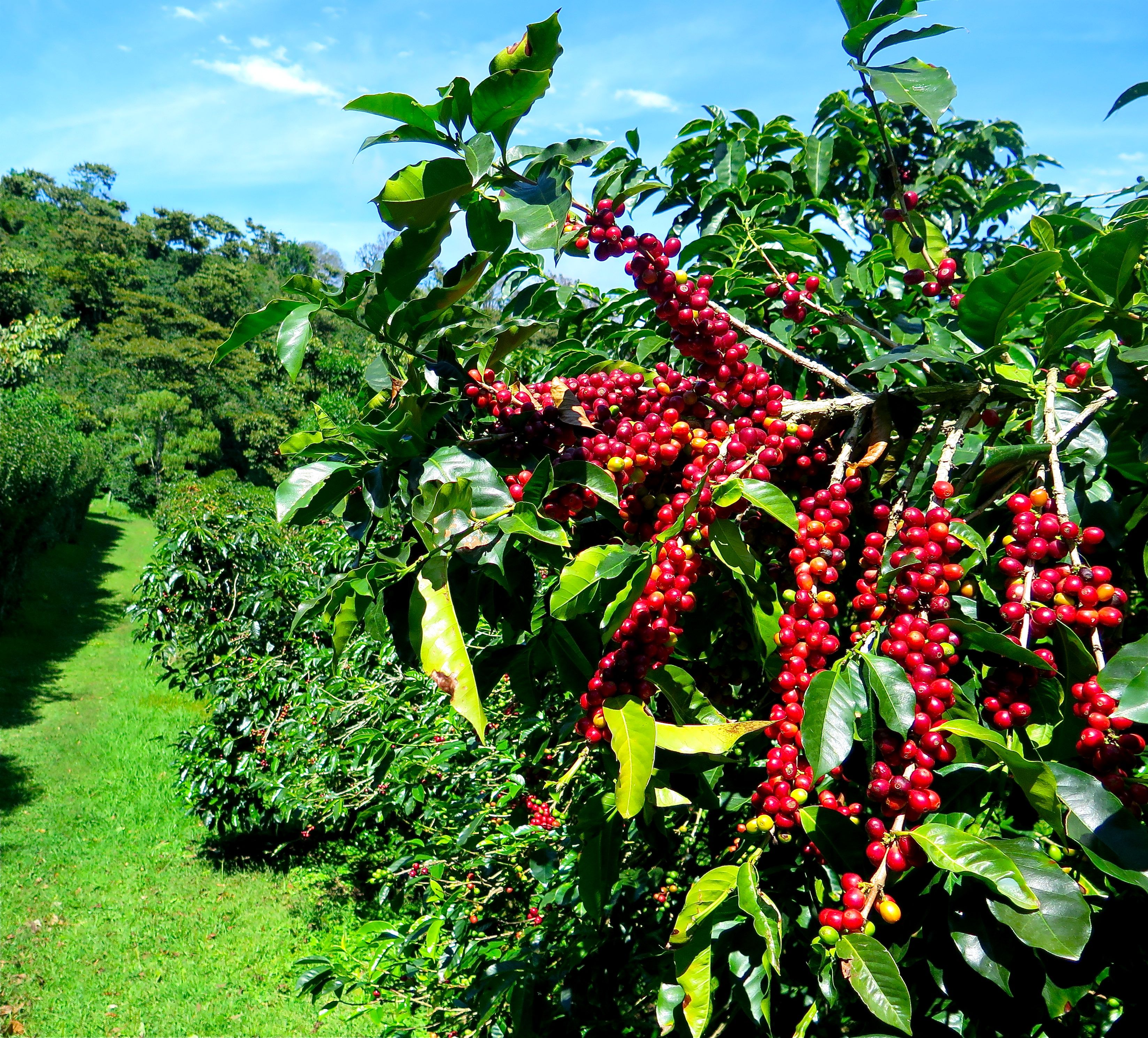
Boquete, Panama Is Banquet of Coffee, Flowers, Water, and Rainbows
When grown in the tropics, coffee is a vigorous bush or small tree that usually grows to a height of 3-3.5 m (9.8-11.5 ft). Most commonly cultivated coffee species grow best at high elevations, but do not tolerate freezing temperatures. [9]
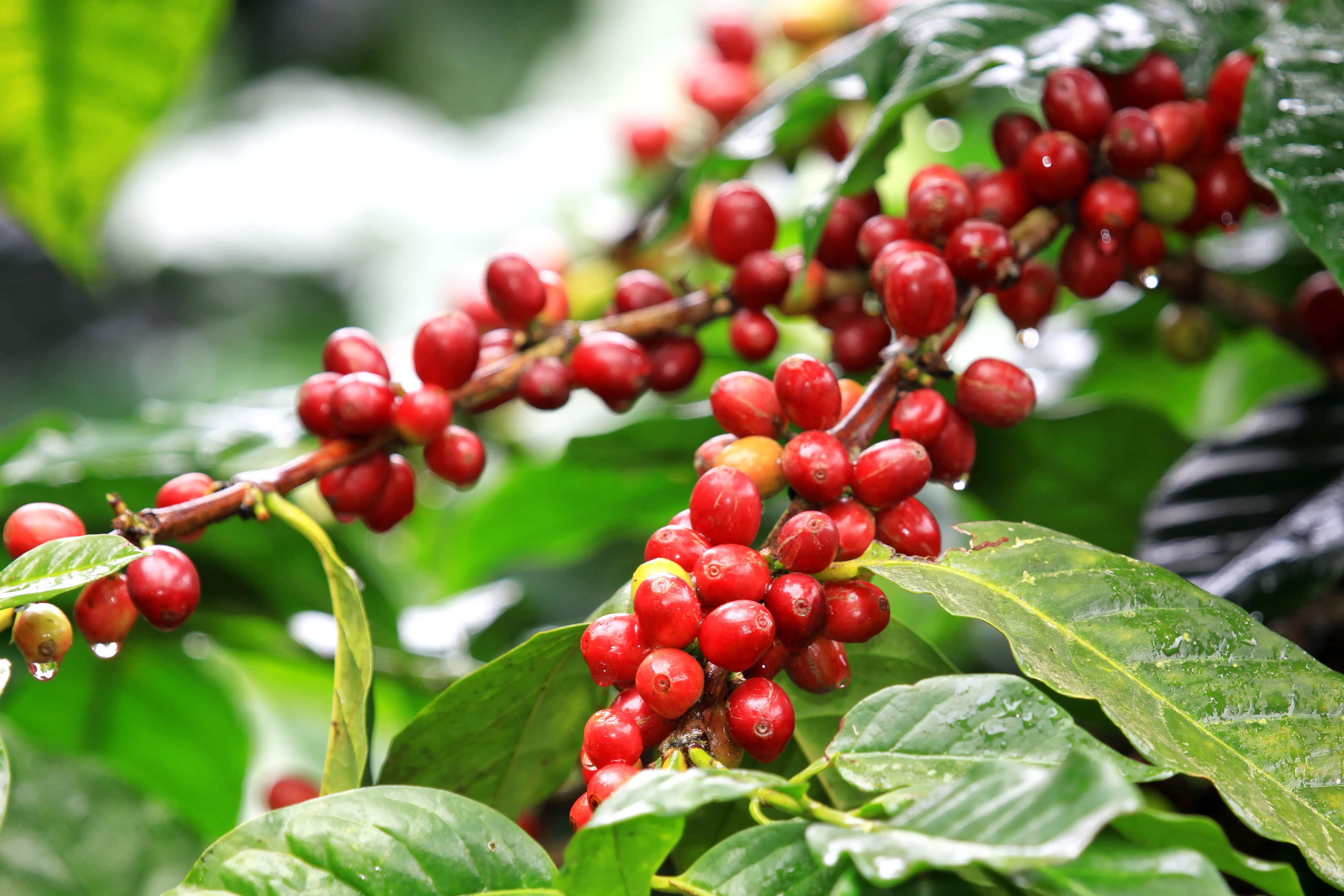
1. Harvesting Coffee Beans Commodity Chain
Coffee Plant Care The best environment in which to grow coffee plants is to mimic its natural conditions found on a tropical, mid-elevation mountainside: plenty of water with good drainage, high humidity, relatively cool temperatures, and rich, slightly acidic soil .
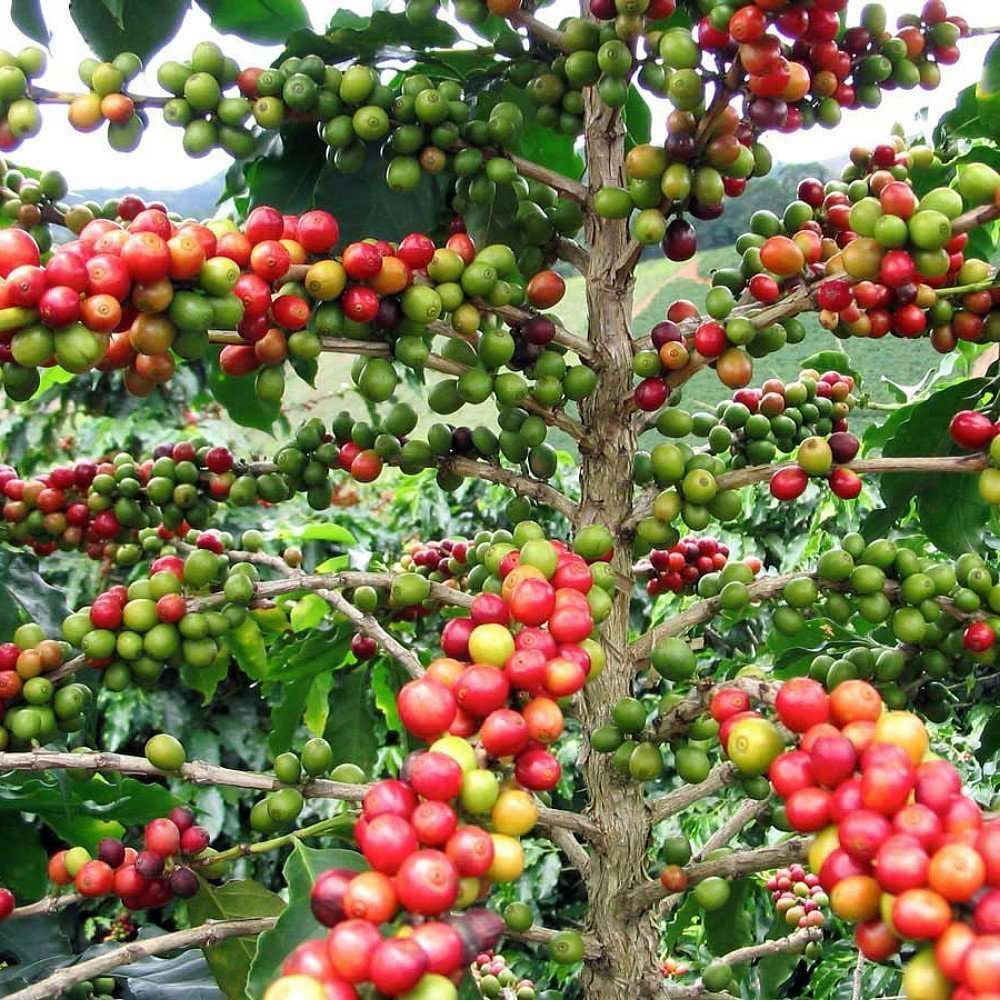
Coffee (Coffea) live tropical fruit tree 12"18" » Tropical Plantae
This is a gorgeous park with plenty of statues, fountains, and greenery that you could take several photoshoots and each one would give off a different vibe. If you have time, def check this place out! Visited January 2023. Written January 18, 2023. kperkins38. Boston, Massachusetts383 contributions.
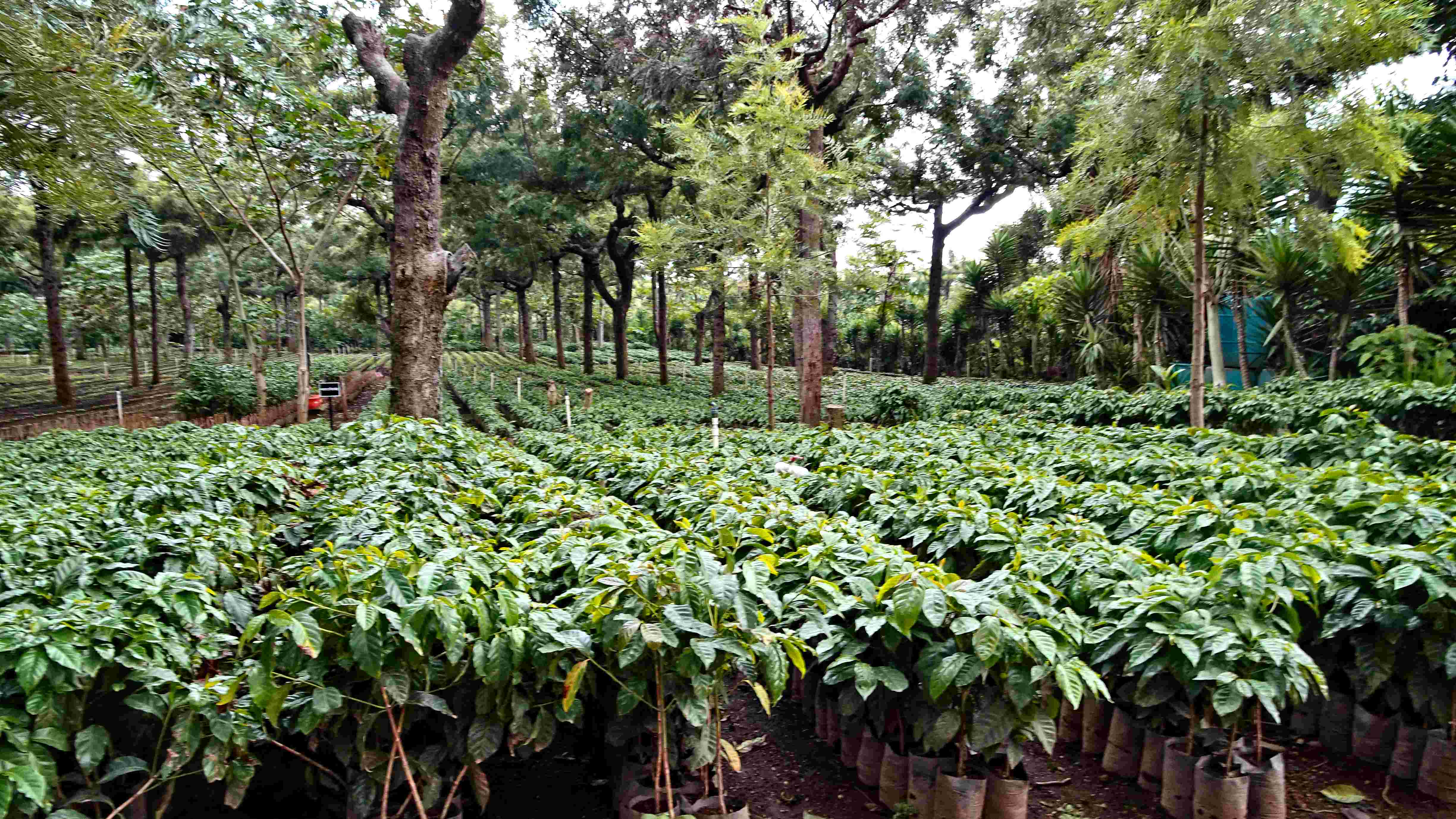
Shade trees can protect coffee trees, ecosystem study CGTN
The art and science of coffee farming encompass a process that is far more intricate and nuanced than merely planting coffee trees and patiently awaiting their fruitful yield. It is a journey that demands careful planning and precise execution at each step, from the critical phase of selecting the most suitable coffee variety to meticulously preparing the soil, initiating the planting process.

Coffee tree cultivation an interesting addition in your garden My
The Kentucky Coffeetree is a slow to medium-growing species that is native to the midwest; it was Kentucky's state tree for nearly 20 years, hence providing the first part of this organism's name. While the second part of this tree's name (coffee) may seem inviting to taste this plant, it is important not to eat this plant raw, as the seeds and.
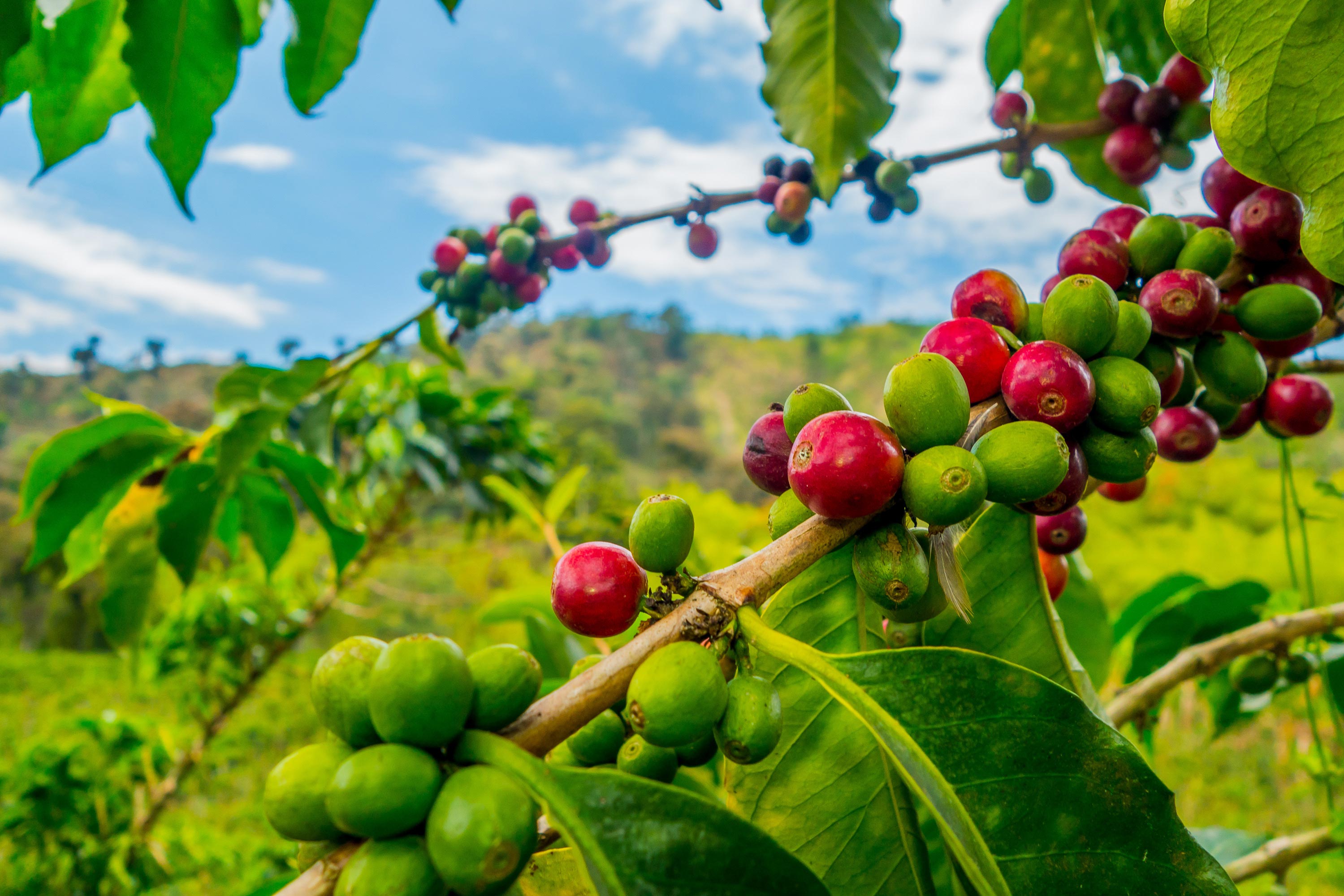
The Science of Coffee Growing Analytical Answers
Gymnocladus dioicus, commonly called Kentucky coffeetree or coffeetree, is a tall deciduous tree with rough, scaly gray-brown bark and large bipinnate compound leaves. It is native to the Midwest, primarily southern Michigan and Ohio southwest to Iowa, Kansas, Oklahoma and Arkansas. It grows 60-80' (less frequently to100') tall with an.

Gastronomy 101 COFFEE ALL THINGS COFFEE
Medium to large trees with real character! Upright crown with heavy branches forms picturesque outlines. Tolerant and adaptable to a wide variety of sites, this native tree is a winner. Select male trees if seed pods are not desired. Name was given to this tree because its seed was ground as a coffee substitute for settlers to Kentucky.
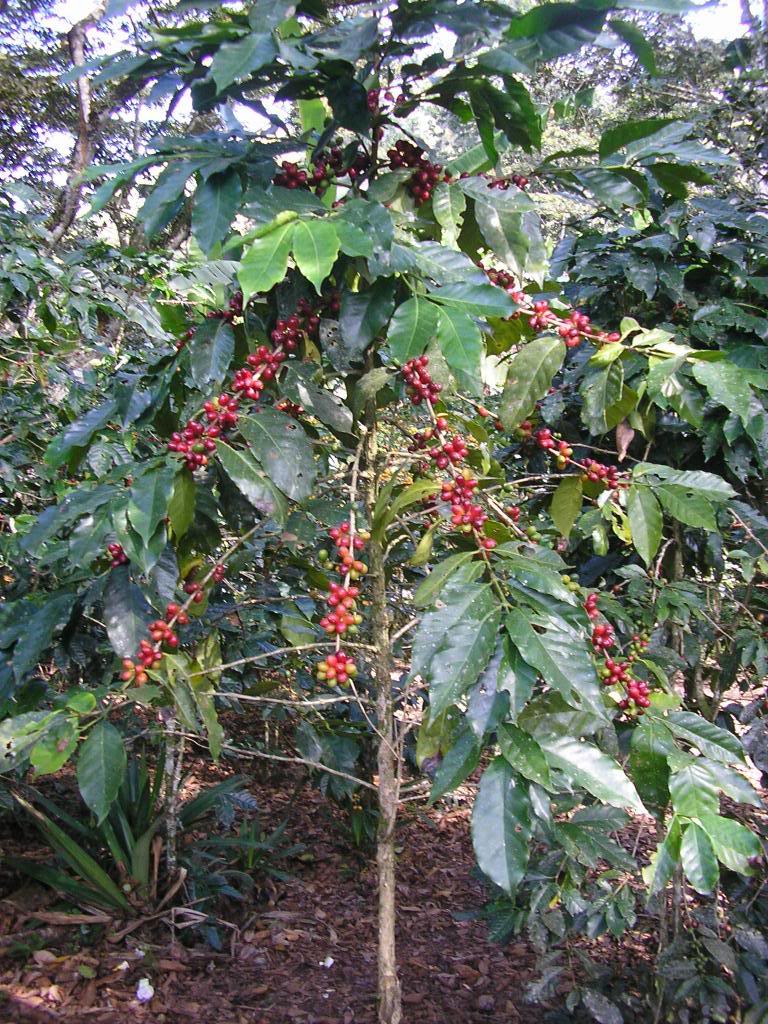
Coffee Tree Pictures, Facts on Coffee Trees
Explore More Donate Your support is vital to the Arboretum, where the power of trees makes a positive impact on people's lives. Make a gift The Kentucky coffeetree's tolerance to pollution and a wide range of soils makes it a suitable tree for urban environments.
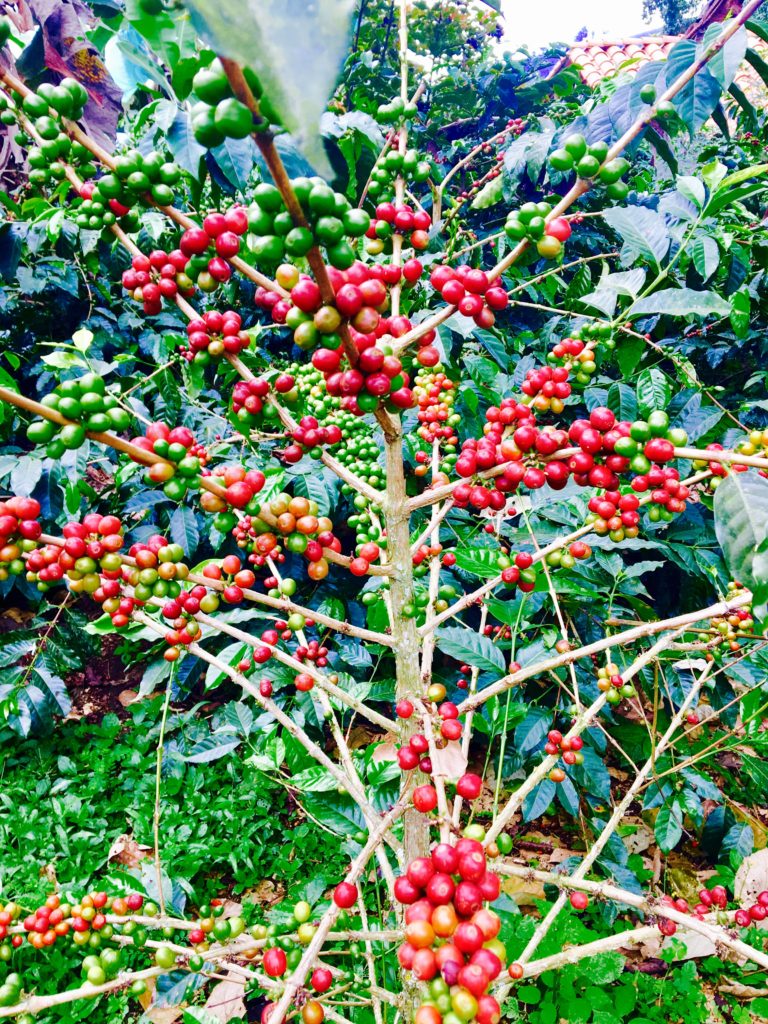
A coffee tree in full bloom Our Taste of Travel
Coffea, (genus Coffea ), genus of about 125 species of flowering plants of the family Rubiaceae, mostly native to tropical Africa. Two species are of major economic importance as the source of coffee. For information about coffee cultivation, see coffee production. Physical description coffee cherries Ripe Arabica coffee cherries (Coffea arabica).
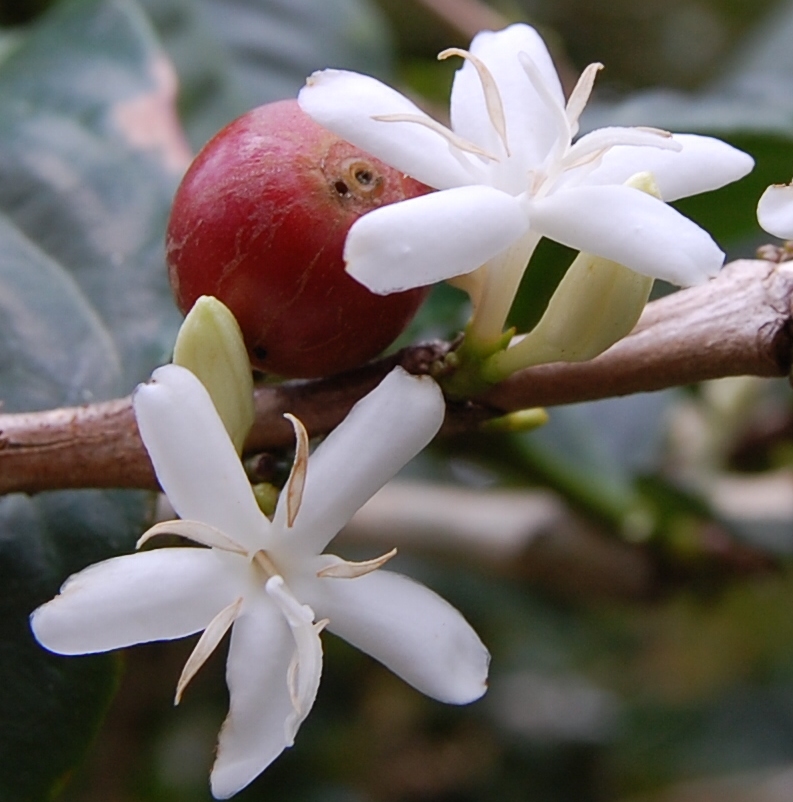
Coffee Tree The most expensive coffee in the world All details
The two major species of coffee plants ( Coffea arabica and C. canephora; family Rubiaceae) are tropical evergreen shrubs or small trees of African origin. They are grown for the seeds, or beans, which are roasted, ground, and sold for brewing coffee.

Coffee 101 What Does a Coffee Plant Look Like? The Roasterie
The coffee plant is a tree and is known as the coffee tree or coffee bush. That's how it's classified. This tree can grow up to 10 meters when in the wild. But when in harvest or in production, it measures about 3 meters and looks more like a bush. This plant is classified within the family of Rubiaceae. Do you know what makes this tree special?

Edibles Ever wonder about growing coffee?
The Kentucky coffee tree ( Gymnocladus dioicus ), also known as American coffee berry, Kentucky mahogany, nicker tree, and stump tree, [5] is a tree in the subfamily Caesalpinioideae of the legume family Fabaceae, native to the Midwest, Upper South, Appalachia, and small pockets of New York in the United States and Ontario in Canada.
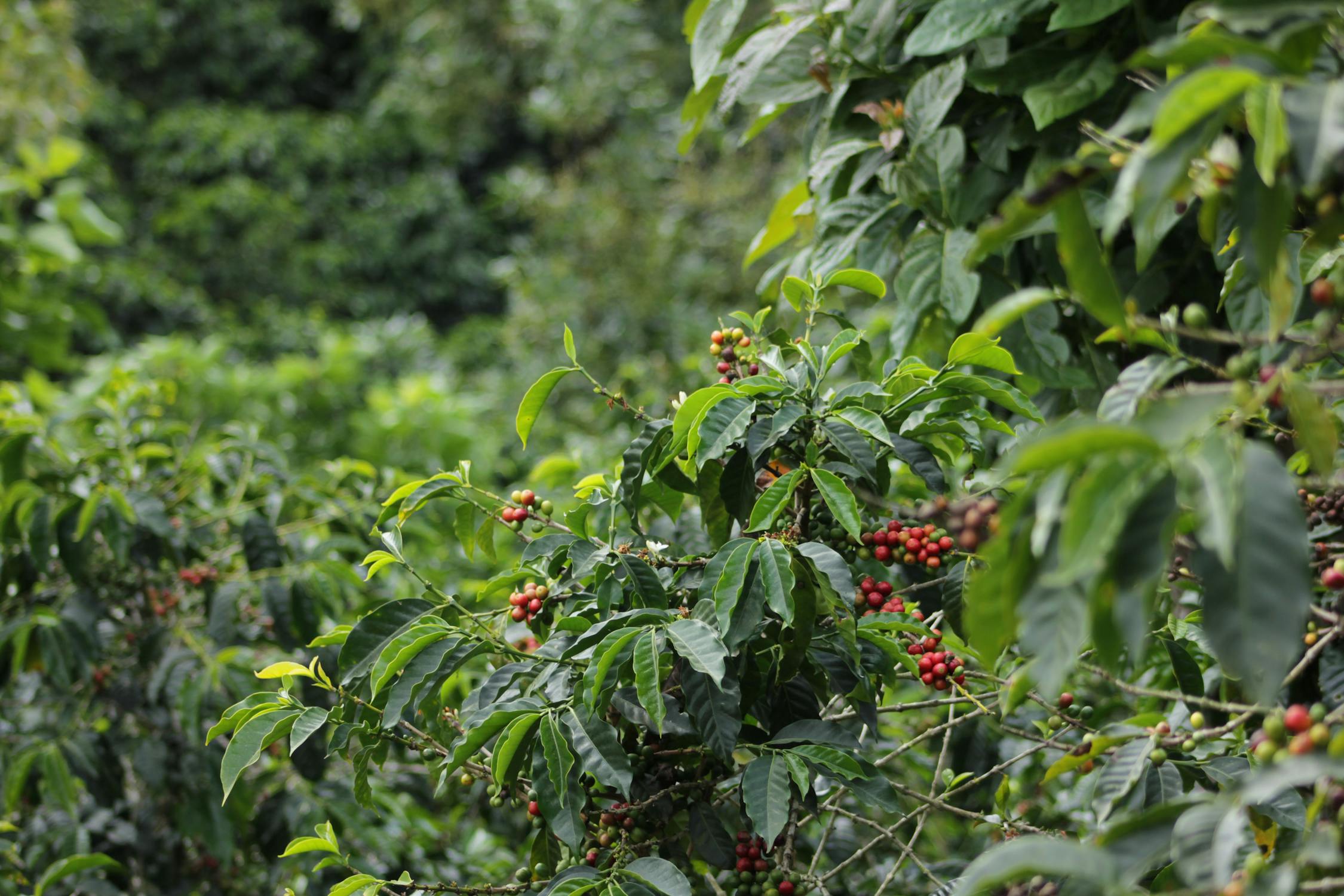
Free stock photo of coffee bean, coffee tree, green
Description Wild plants grow between 9 and 12 m (30 and 39 ft) tall, and have an open branching system; the leaves are opposite, simple elliptic-ovate to oblong, 6-12 cm (2.5-4.5 in) long and 4-8 cm (1.5-3 in) broad, glossy dark green. The flowers are white, 10-15 mm in diameter, and grow in axillary clusters.
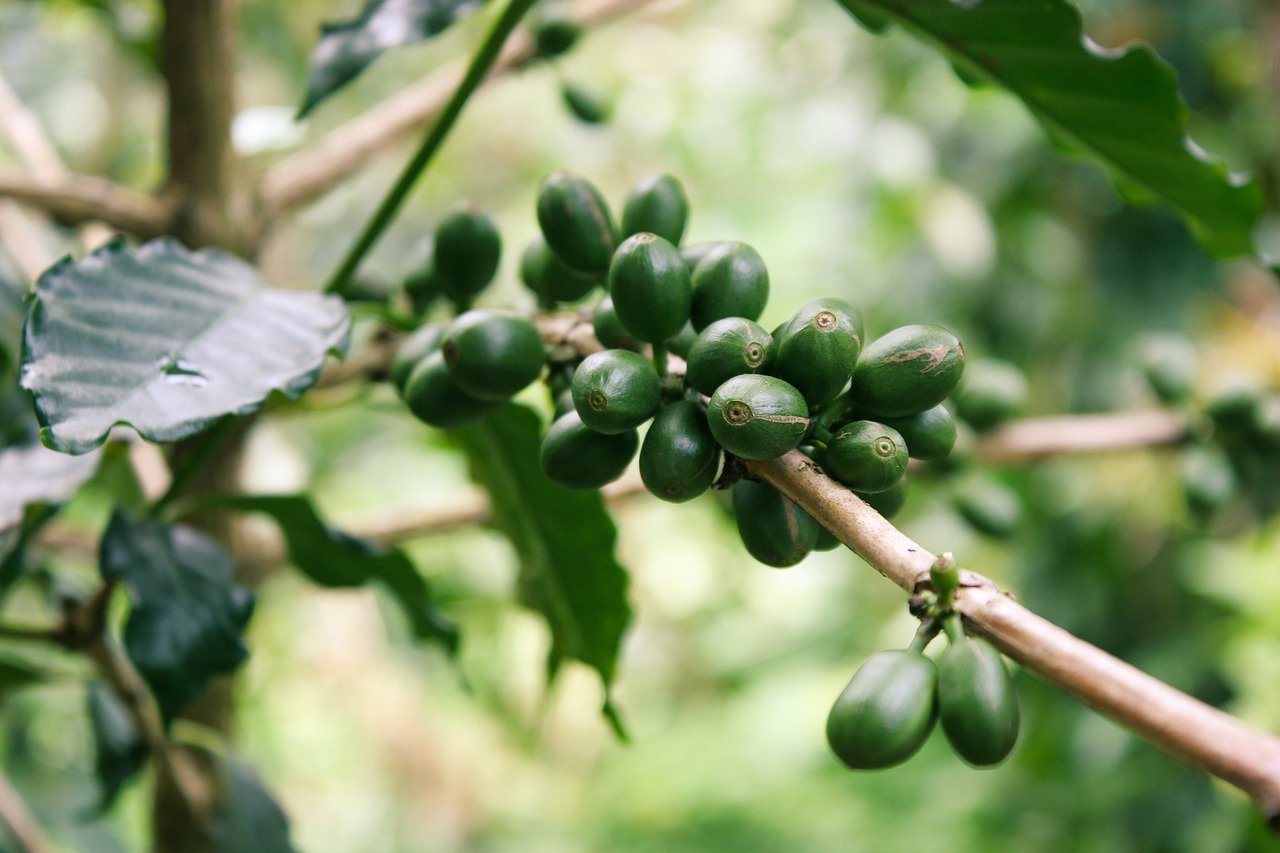
Coffee Tree Combination of Foliage and Flowering Plants
Growing coffee tree for its beans is difficult, but it's great to decorate a home.. Coffee tree key facts. Botanical name - Coffea arabica Common - Coffee tree, Arabica coffee Family - Rubiaceae. Type - shrub Foliage - evergreen. Height - 6 feet (2 meters) indoors, up to 30 feet (9 meters) outdoors Exposure - sun to part sun Soil - rich, not chalky, well drained
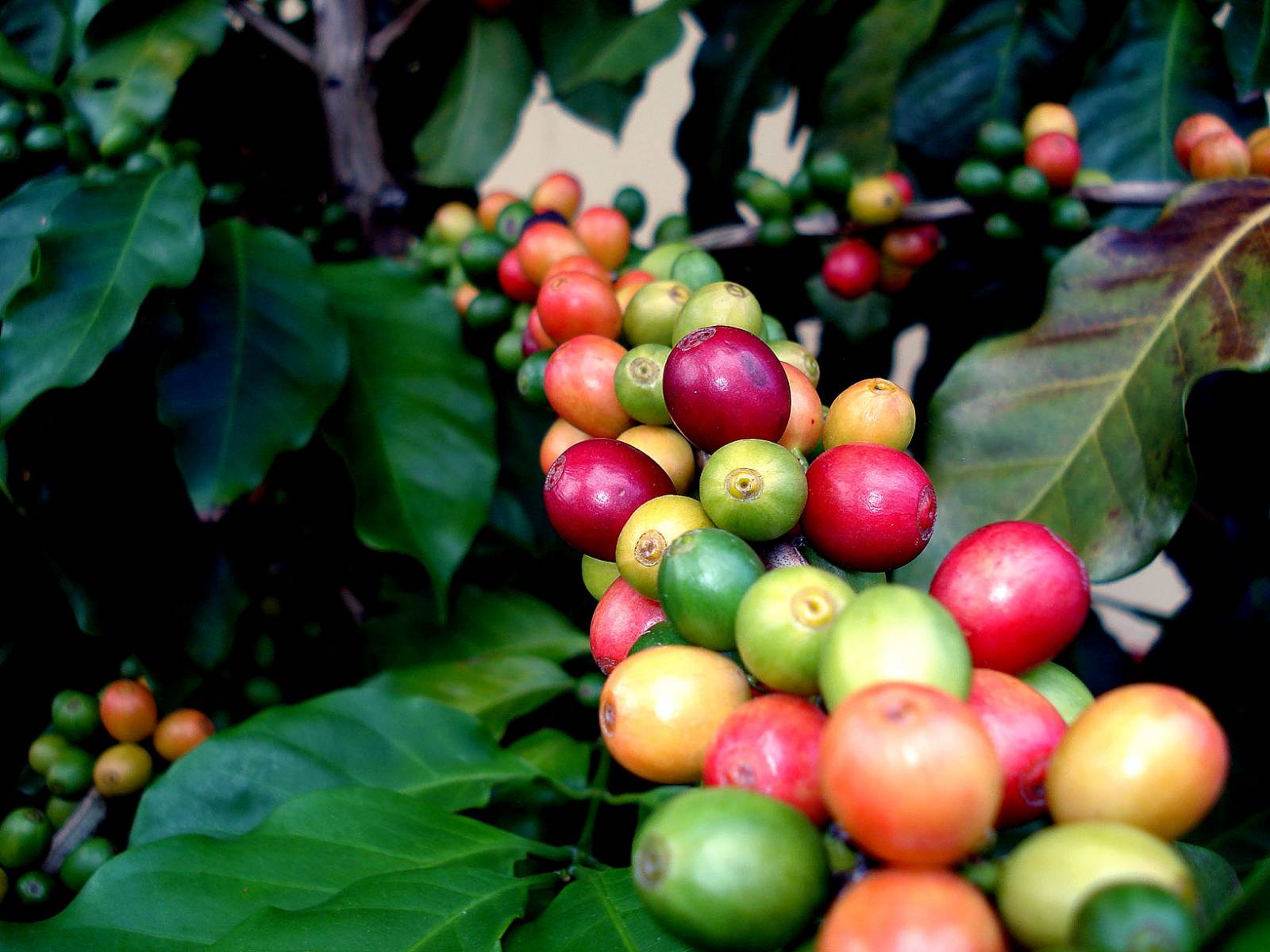
Coffee Plant Wiki A Gardeners Forum
December 5, 2017 A Guide to Growing Healthy Coffee Trees Your coffee crop can only be as good as your coffee trees - but growing strong, healthy, and productive plants means paying attention to several critical variables.
:max_bytes(150000):strip_icc()/GettyImages-1174305372-718fb182f53b4714bd0789d8a312d66f.jpg)
Coffee Plant Care & Growing Guide
Kentucky coffeetree tree: key facts. Plant type: Deciduous tree Mature size: 60ft x 40ft over 50 years, slow growing Soil type: Broad tolerance but prefers deep fertile loam Soil PH: Broad tolerance Time of year to plant: Dormant season, November to April Flowering time of year: Summer Flower color: Small star-shaped, greenish-white Hardiness zones: USDA 3-8.